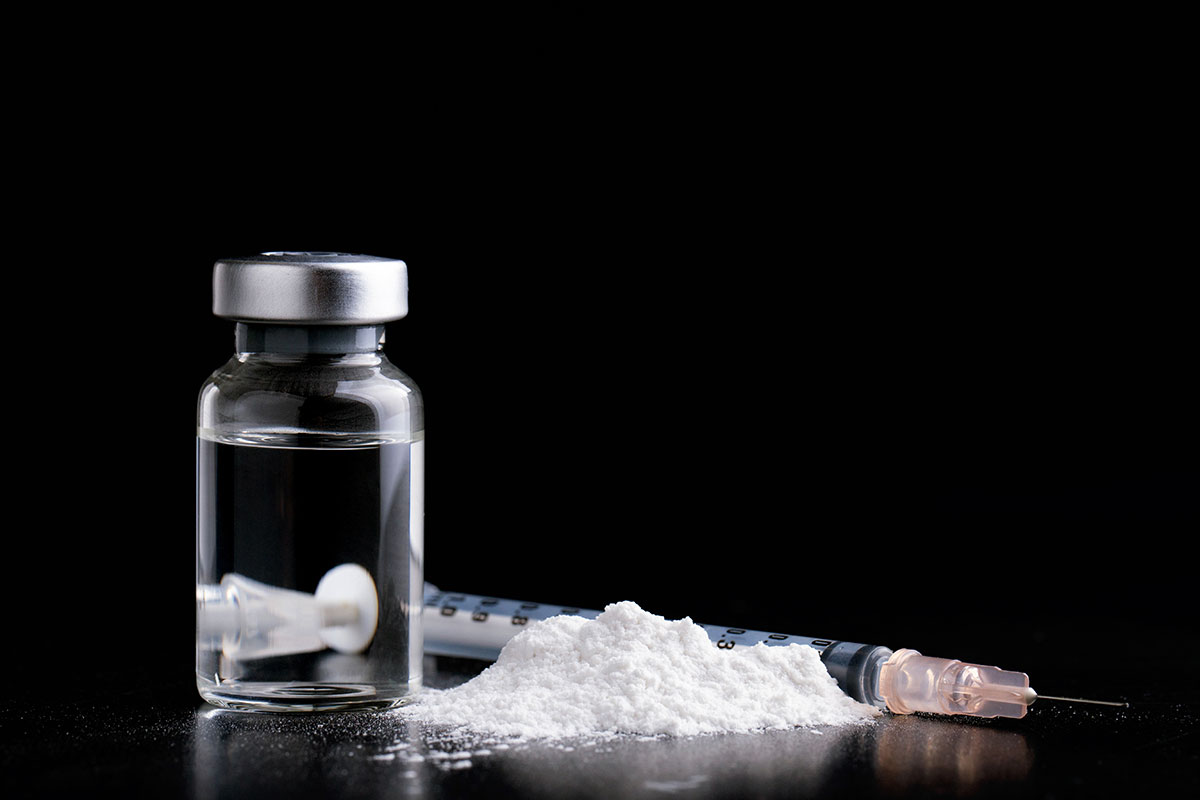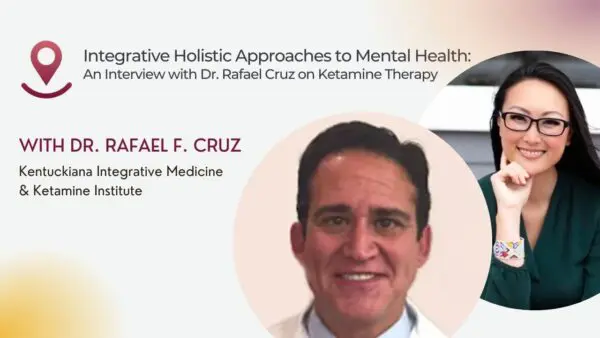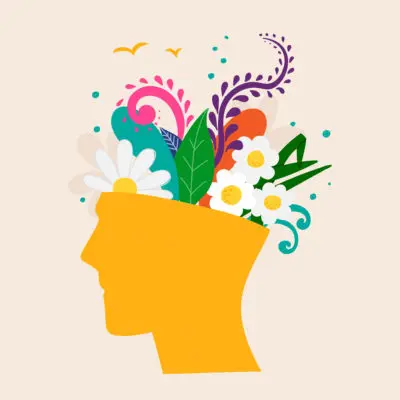For depressed patients who do not respond to selective serotonin reuptake inhibitors (SSRI) medication and those with lingering suicidal thoughts, ketamine has become something of a miracle drug. Research shows that it not only works in treating depression, but it works quickly. However, that’s not all that ketamine can do. It was originally developed as an anesthetic, and it’s still used as one. It can also assist in the treatment of post-traumatic stress disorder (PTSD) and is being researched to help with chronic pain, migraines, and more. But just because the intention is there, doesn’t mean that research supports all of its uses. Ketamine’s rise in popularity has spawned a plethora of treatment centers across the country, some of which make inaccurate claims to what this drug can do. Read on to learn what ketamine is used for, what science actually supports, and what it doesn’t.
Anesthesia and Pain Relief
While psychedelic communities embrace ketamine for its healing potential and psychoactive properties, technically, it is a dissociative anesthetic. Originally discovered in 1956, ketamine was approved in 1970 as an anesthetic agent derived from phencyclidine. It was used extensively on battlefields during the Vietnam War. Ketamine works well in trauma settings because it maintains hemodynamic stability or stable blood flow. It’s even listed on the World Health Organization Model List of Essential Medicines, which names medications considered to be most effective and safe while meeting a health system’s most important needs.
Ketamine is still used as an anesthetic in hospitals today, and for post-operative pain.
Depression
While ketamine made a name for itself as a generally safe anesthetic, recently, it has made headlines for what it can do at subanesthetic levels. In March of 2019, ketamine became the first FDA approved psychedelic medicine, in the form of the nasal spray Spravato (esketamine), for treatment-resistant depression. In this method of intake, the medicine is absorbed through the membranes in the nose. Each nasal spray device delivers 28 mg of esketamine.
However, most of the research on ketamine for depression looks at generic ketamine, or racemic ketamine, in the form of intravenous infusions. A 2017 study suggests that ketamine infusions administered intravenously one to three times per week are the most effective treatment for depression, and the fastest acting. While antidepressant medications such as SSRIs can take several weeks to take effect, a 2019 study showed that ketamine provided a rapid antidepressant effect with a maximum efficacy reached 24 hours after the IV treatment. This is because ketamine works differently than typical antidepressants. It impacts glutamate transmission as opposed to serotonin or norepinephrine.
PTSD
The same mechanisms that make ketamine useful in treating depression also make it valuable for PTSD. A 2021 study suggests that ketamine infusions can provide relief for chronic PTSD patients. 67% of the ketamine patients experienced symptom relief, compared with 20% in the placebo group. The patients were given either ketamine or a placebo six times over two weeks. For ketamine infusions, patients typically go in for six rounds of treatment over two weeks and then return for boosters as needed. The study suggests that the results last a median of 27.5 days, supporting the use of boosters to maintain results.
Suicidal Thoughts
Patients experiencing depression or PTSD can also experience suicidal ideation. Suicide is a public health crisis, and the leading cause of death and disability worldwide. It is the 10th most common cause of death in the U.S. However, it is preventable. According to the CDC, while there were more than 47,500 suicide deaths in 2019, 12 million American adults seriously thought about suicide, 3.5 million planned a suicide attempt, and 1.4 million attempted suicide. Ideally, ketamine infusions can step in before suicidal thoughts become actions. Ketamine’s rapid antidepressant impact can be the difference between life and death A 2017 study showed that just a single dose of ketamine rapidly reduced suicidal thoughts within one day, and the reduction in suicidal ideation lasted for up to one week.
Chronic Pain
Ketamine has proved it works as an anesthetic and pain-reliever in emergency room settings, but can it treat chronic pain? So far, some evidence suggests that it can, however, more is needed. A five-year retrospective study on 51 chronic pain patients found the pain was reduced or abolished in two‐thirds of patients under ketamine therapy. It was well-tolerated in patients taking opioids and had few adverse effects. Doctors are also looking into ketamine as a safer alternative to opioids for people with chronic pain.
A 2014 study suggests that ketamine treats chronic pain by inhibiting the N-methyl-D-aspartate (NMDA) receptor, and a 2020 study found that the majority of ketamine for chronic pain is administered for neuropathic pain. Doctors have tried ketamine for chronic pain in conjunction with magnesium since magnesium is an extracellular NMDA receptor blocker that may add to the analgesic effects of ketamine. However, the same study concluded the results of ketamine for the treatment of chronic pain are only moderate to weak. But this doesn’t stop ketamine treatment centers across the country from giving it to chronic pain patients.
In an effort to make sure ketamine is being used responsibly for chronic pain, doctors issued guidelines on the use of ketamine to treat the condition
Other Uses, Final Thoughts, and Conclusions
Ketamine is also being used to treat anxiety, migraines, and OCD. However, currently, most of the research supports the use of ketamine for depression. While it shows promise for treating other conditions, until there is more solid evidence, doctors use due diligence measures to determine who the treatment is appropriate for. Since off-label use has less evidence basis, patients should also work closely with their general practitioner and psychiatrist to ensure that they aren’t wasting time, money, or potentially exposing themselves to undesirable side effects. Ketamine is also a recreational drug that has addictive potential and can cause urinary tract problems when abused. Its use in mental health is historical and exciting, but the medical community must ensure this is not diminished by over-prescription or sweeping claims not based on science.







